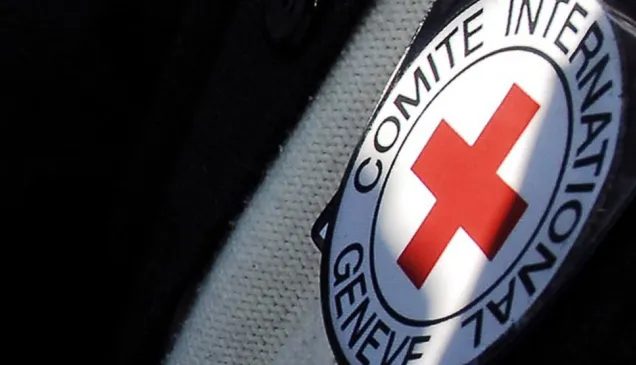Children and armed conflict & violence against children
25th session, Human Rights Council
The ICRC would like to address the impact of armed conflict on children's access to education and the specific measures that can be taken to improve the protection of children.
When a school is attacked, or when children's access to education is otherwise denied, the harm suffered by children, their families and communities is profound and often long-lasting. During armed conflicts, children are likely to face significant constraints on their access to schools or other educational facilities. These restrictions may be due not only to the general state of insecurity, but also to the numerous violations of international humanitarian law and other relevant norms that often occur in armed conflicts. However, when it comes to considering the impact of armed conflicts on children's access to education, a comprehensive assessment of these elements is often lacking.
In armed conflicts, teachers and students are sometimes directly targeted. These acts are often committed as a means of terrorizing the civilian population. In some contexts, children are unlawfully recruited by armed forces or armed groups, while at school, or on their way to or from it. As a result, parents may keep their children at home and teachers may stop coming to work.
The ICRC is especially concerned about the situation of displaced children, who may have to go without education for extended periods of time. The use of schools as shelters for displaced persons may also hamper access to education for local children, for weeks or sometimes months on end. It should also be noted that when children are arrested and detained, there is seldom any provision for their education.
The military use of schools during armed conflict (e.g. as barracks, to conceal weapons, etc.) may violate international humanitarian law, and increases the risk of attacks against these schools. It also often results in schools being damaged, destroyed or otherwise made unusable ( for example owing to the presence of explosive remnants of war, which can represent a permanent threat.) The impact of the military use of schools on children's access to education can be complex, and long-lasting. The ICRC has followed with interest recent initiatives to prevent schools and universities from becoming part of the battlefield, such as the Draft Lucens Guidelines for Protecting Schools and Universities from Military Use during Armed Conflict which suggest practical measures that can be taken by parties to the conflict to bring about a shift in behaviour that could reduce the military use of schools and universities. In the ICRC's analysis, what is needed is not to change existing law, but rather to further work on better implementation of existing law having in mind, in particular, the principle of precautions against the effects of attacks as well as the special protection afforded to children under international humanitarian law.
The ICRC works in various ways to protect children and to ensure their access to education during armed conflict.It strives to promote respect for international humanitarian law and other relevant norms. IHL prohibits attacks against civilians (including children and teachers) and civilian objects like schools, and it recognizes that children caught up in an armed conflict are entitled to care and an education. In particular, the ICRC reminds the relevant authorities of their obligation to ensure that all detained children receive an education. Moreover, the ICRC undertakes a number of other activities to ensure children's access to education in situations of armed conflict for example, by setting up safe places for educational purposes, or by rebuilding schools damaged by the fighting. The ICRC supports the efforts of local authorities to ensure that displaced children have access to education, whether in camps or host communities. In addition, it works with children and their families, and with National Societies of the International Red Cross and Red Crescent Movement to strengthen community-based mechanisms for protecting children from recruitment and use in hostilities. The ICRC also provides psychosocial support for children formerly associated with armed forces or armed groups and endeavours to restore family links.
Much of the suffering imposed on children during armed conflicts can be prevented by increasing knowledge of and respect for the rules of international law, including those related to the protection of education. Many States have indeed undertaken to enact specific measures to enhance the protection of children in armed conflict within the framework of the four-year Action Plan adopted by the 31st International Conference of the Red Cross and Red Crescent which was held in 2011.
In closing, the ICRC wishes to stress that it is committed to supporting the work of the Special Representatives of the Secretary-General, and will continue to follow with interest the discussions on this topic, both in the Human Rights Council and in the United Nations General Assembly.



